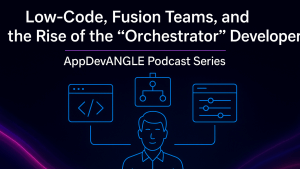With only 13% of organizations reporting mature FinOps programs, the need for actionable insights and automation has never been more urgent.
In a recent episode of AppDevANGLE, I sat down with Yasmin from StormForge, now part of CloudBolt, to explore how modern organizations can finally close the loop between cloud cost insights and operational action. With only 13% of organizations reporting mature FinOps programs, the conversation was timely and crucial.
2025 is the Year of FinOps
As cloud-native adoption accelerates, so does the complexity of managing cost in dynamic environments like Kubernetes. While DevOps and DevSecOps have become standard practice, FinOps still lags in organizational maturity. According to the 2024 State of FinOps Report, only 12.6% of respondents were operating at the “run” stage, where FinOps is embedded into day-to-day operations and culture. Most teams are still in the “crawl” or “walk” phase, lacking the tools and collaboration to drive real efficiency.
Yasmin highlighted the importance of breaking down silos between finance teams and platform engineers:
“You can’t have siloed organizations… FinOps people see Kubernetes as a black box. You won’t get anywhere if it’s that ‘throw it over the wall’ approach.”
StormForge’s value proposition has long been focused on automated right-sizing of Kubernetes workloads. By integrating with CloudBolt, the platform enables organizations to go beyond dashboards and start taking actionable steps to cut cloud costs automatically.
What sets CloudBolt apart is its emphasis on reducing the time from insight to action. Most tools simply tell you what’s wrong. CloudBolt and StormForge give you the power to fix it inside the UI. Whether you’re optimizing container resources or identifying anomalous billing patterns, the platform empowers teams to act with speed and confidence.
“FinOps maturity isn’t low because of a lack of interest—it’s because teams don’t have the tools to move from insight to action,” Yasmin explained. “Software is the best way to bridge that gap.”
Has Tool Sprawl Gotten Out of Control?
Our recent research at theCUBE shows that 75% of enterprises use 6 to 15 different tools to manage cost and performance across the SDLC. At the same time, 54% are actively trying to consolidate tooling to streamline operations and reduce noise. The takeaway? Organizations don’t just need more data—they need fewer tools and more intelligent automation.
Moreover, as AI workloads become pervasive, inferencing at scale is bringing cost visibility into sharp focus. Many teams are shifting from experimentation to full production, which further amplifies the need for intelligent, automated cost controls.
“Now that people are deploying AI at scale, new problems are emerging—cost, governance, and data privacy,” I noted during the episode. “If those controls aren’t in place, bad things can happen fast.”
Workflows, Insights, and Savings – Oh My!
With the upcoming FinOps X event and CloudBolt’s strategic acquisition of StormForge, the momentum behind actionable FinOps is only growing. Yasmin hinted at new capabilities that will integrate billing data into optimization workflows, giving users granular insights into cost savings.
Even more exciting is the potential to extend this ML-powered optimization beyond Kubernetes to include VMs, storage, and networking infrastructure. That’s the kind of cross-stack intelligence that will define the next generation of FinOps tooling.
“Once we get those early wins, we go back to the teams and say, ‘Here’s what we did together. Let’s scale this,’” Yasmin shared. “That’s how we drive adoption—and real impact.”
Wrapping Up
In a market still struggling to graduate from FinOps theory to execution, the union of CloudBolt and StormForge offers a clear path forward. It’s no longer enough to report problems—modern organizations must be equipped to resolve them automatically and at scale.
Stay tuned for deeper dives as we head toward FinOps X. Until then, stay curious and stay building.



